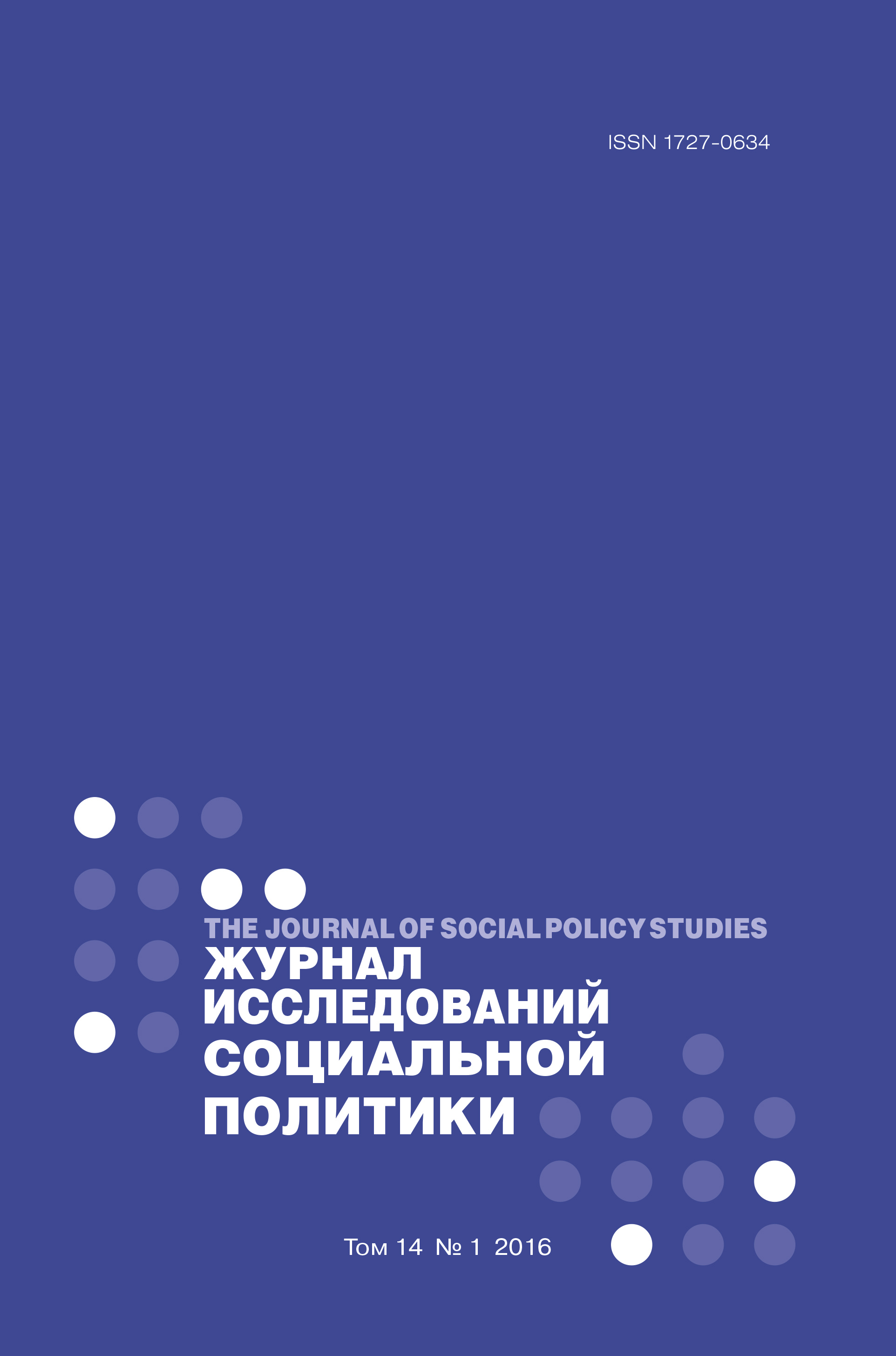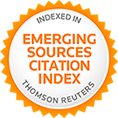Digital Literacy: A Four-Component Model
Keywords:
Internet, digital literacy, media and information literacy
Abstract
This article discusses the notion of "digital literacy", which is the subject of a significant number of scientific publications. The goal of this study is to develop a theoretical model that would summarise the numerous practices and theoretical approaches regarding digital literacy. It provides international and domestic Internet usage statistics obtained by various research organisations. The study demonstrates the existence of problems in how the concept of digital literacy is transforming. This is caused by sociocultural changes, which are based on scientific and technological progress, and the emergence of a large number of "partial literacies" that are closely related to each other. The ideas of Albert Boekhorst are further developed, with paticular attention to notions related to the digital literacy concept (computer literacy, Internet literacy, media and information literacy, etc.). The author presents a new theoretical model named "The Digital Literacy Four-Component Model" that constitutes a synthesis of current approaches to the understanding of digital literacy within the conditional semantic space of two constructs: firstly, the "technical and socio-humanitarian" and, secondly, "opportunities and threats". Four components of the field of theoretical approaches and practices relating to digital literacy are located in these two semantic constructs. The first one is "Technical and pragmatic opportunities", which is a utilitarian, pragmatic tool empowering human development in the digital environment. The second is a "Meaningful and communicative opportunities", and considers mediatised communication, advanced features for creating and receiving media texts from other participants of communication processes, their perception and interpretation. The third component is "Technical and technological threats" it emphasises safety devices used and software. The final component is "Sociopsychological threats".and examines the social, psychological and ethical aspects of work in the digital environment that creates danger, including Internet addiction and cyberbullying. On the basis of the above Digital Literacy Four-Component Model, researchers may measure literacy levels or monitor its current state in Russia.Downloads
Download data is not yet available.
Published
2016-03-15
How to Cite
ШариковА. В. (2016). Digital Literacy: A Four-Component Model. The Journal of Social Policy Studies, 14(1), 87-98. Retrieved from https://jsps.hse.ru/article/view/3289
Section
ARTICLES IN RUSSIAN















